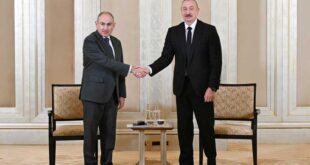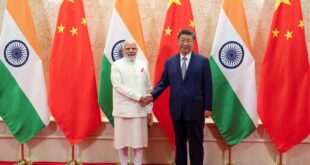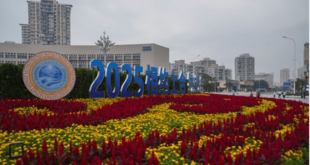There was a distinctive shortage of wide media coverage at the international conference on Syria which was held on January 23-24 in the Kazakh capital Astana.
The two-day gathering closed with a low key tone as the goal was bringing together representatives of the Syrian government and the armed opposition for the first time away from Geneva.
The Astana conference had some features which is a multi party conference not only hosted by Russia and Turkey, but also by Iran, excluding the US, Europe and Arab countries including Saudi Arabia and Qatar. Also important was the separation or distinction of the armed opposition factions and terrorist groups namely Daish and the Fateh ash-Sham (Nusra Front), and Ahrar ash-Sham. Moreover, Russia had managed to make a transition by being accepted as a mediator or a guarantor of ceasefire in process of political settlement. The fourth feature was that the whole conference aimed at arranging cease-fire details to reach an interim arrangement which culminated with handing the opposition delegates a copy of a proposed new Syrian constitution
The Astana gathering has achieved breakthroughs on several fronts. The hosts of the Astana meeting have made a point of stressing the importance of the looming recommencement of the Geneva peace negotiations, and of inviting UN envoy Staffan de Mistura.
The veracity is that the political process in Syria is back between the Syrian government and the internal opposition whether armed or not.
As for external opposition, a decision is under consideration to open a new page with the opposition leaders who are abroad.
Shehab Al Makahleh
Originally published on RusisWorld
 Geostrategic Media Political Commentary, Analysis, Security, Defense
Geostrategic Media Political Commentary, Analysis, Security, Defense





